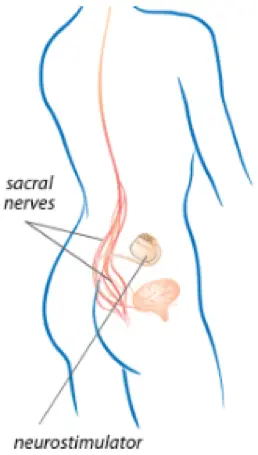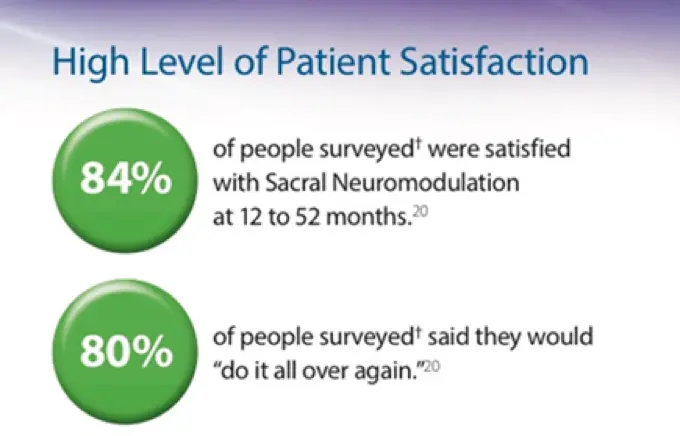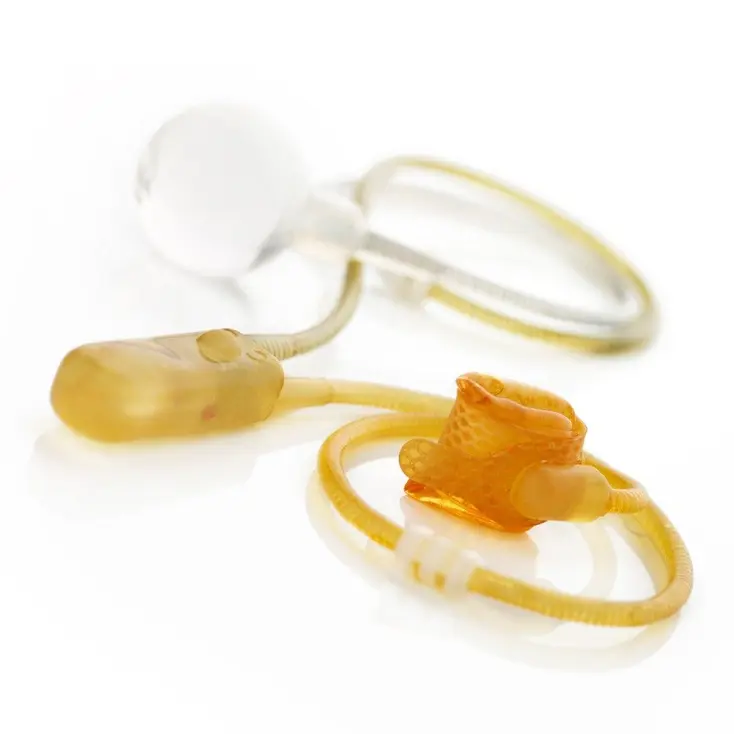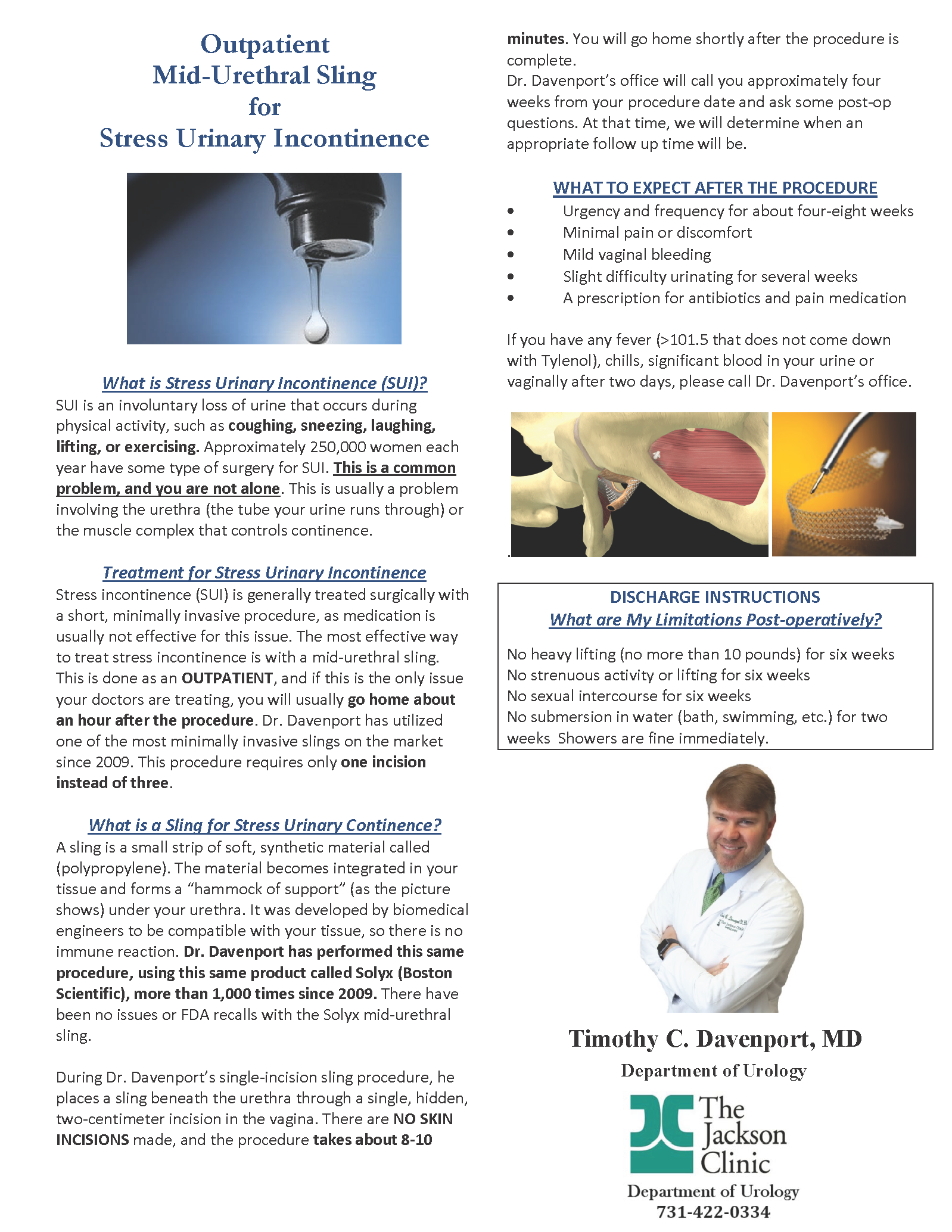Incontinence
Incontinence is a non-life threatening but bothersome condition involving leakage of urine. There are two main forms:
- Urge incontinence, where your bladder seems to "have a mind of its own" and you are unable to control when it releases.
- Stress incontinence, where leakage occurs when coughing, sneezing, exercising, lifting heavy objects and laughing.
Our urology department offers incontinence evaluations, which include a discussion about your symptoms and often a urodynamic study. This study is a computerized, quantitative procedure that gives real-time feedback showing the type and degree of incontinence.
Approximately 17 million women in America have incontinence or “leakage.” Our urologists specialize in female urology and urogynecology - they have trained under some of the pioneers in the field of female urology and incontinence, and continue to incorporate the latest advances and techniques to their practice.
Overactive Bladder (OAB)
Overactive bladder may present with the following symptoms and can be present in both men and women:
- Urinary Urgency – Rushing to the restroom to urinate
- Urinary Frequency – Urinating very often
- Nocturia – Urinating multiple times at night
- Urge incontinence – Leakage of urine while rushing to the restroom
- Bladder spasms – Pain or feeling of the urge to urinate when the bladder is empty
Treatment Options
Urge incontinence and OAB can be treated with medications and behavioral changes or, in some cases, procedures such as bladder Botox® and Interstim® sacral neuromodulation.
For stress incontinence (SUI), surgical procedures are generally recommended for patients who are healthy enough and wish to have this problem corrected. These are minimally invasive, outpatient procedures, so you can go home about an hour after the procedure.
Most health insurance providers cover the urodynamic evaluation and treatment options that we offer. If you have any questions about your insurance coverage, please call The Jackson Clinic Department of Urology at 731-422-0213 or email us at incontinence@jacksonclinic.com.




